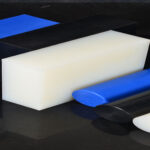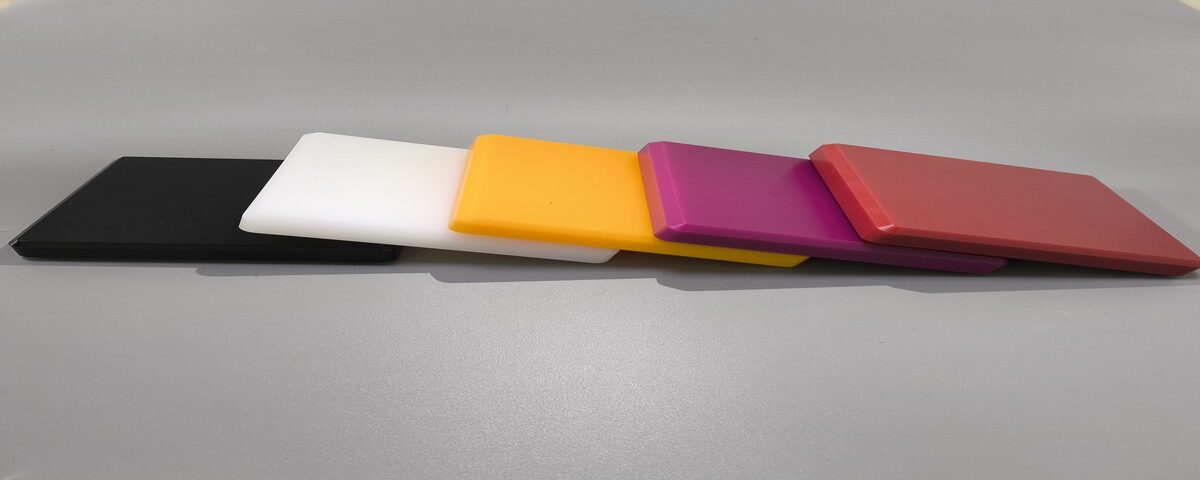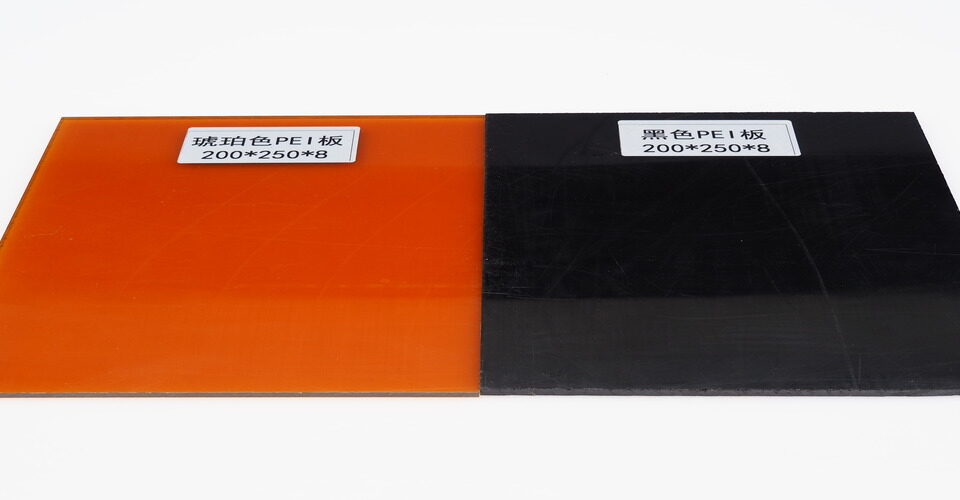
Is PE Plastic Harmful?
November 21, 2024
Is PA plastic food safe?
November 21, 2024High-Density Polyethylene (HDPE) and Ultra-High Molecular Weight Polyethylene (UPE) are both types of polyethylene plastics, but they differ in terms of their molecular structure, properties, and uses. Understanding these differences is key to selecting the right material for specific applications.
Molecular Structure
The primary difference between HDPE and UPE lies in their molecular structure. HDPE is made up of linear polymer chains with minimal branching, resulting in a high density. UPE, on the other hand, has a much higher molecular weight due to longer polymer chains. This gives UPE superior strength and durability compared to HDPE.

Mechanical Properties
HDPE is known for its toughness, resistance to impact, and relatively high tensile strength. It is often used for products like bottles, pipes, and plastic bags. UPE, however, is stronger and more durable, with a higher resistance to wear and tear. It exhibits superior abrasion resistance, making it suitable for applications like bearings, gears, and medical devices.
Chemical Resistance
Both HDPE and UPE have excellent resistance to chemicals, but UPE is generally more resistant to harsh chemicals and solvents due to its higher molecular weight. This makes UPE ideal for more demanding industrial environments.
Cost and Availability
HDPE is more widely available and generally less expensive than UPE. HDPE is commonly used in consumer goods, while UPE’s specialized properties make it more suitable for high-performance industrial applications, where cost is less of a concern.
Conclusion
While both HDPE and UPE are versatile and durable materials, UPE’s superior strength and chemical resistance make it the material of choice for demanding applications, whereas HDPE is more commonly used for general-purpose products.






